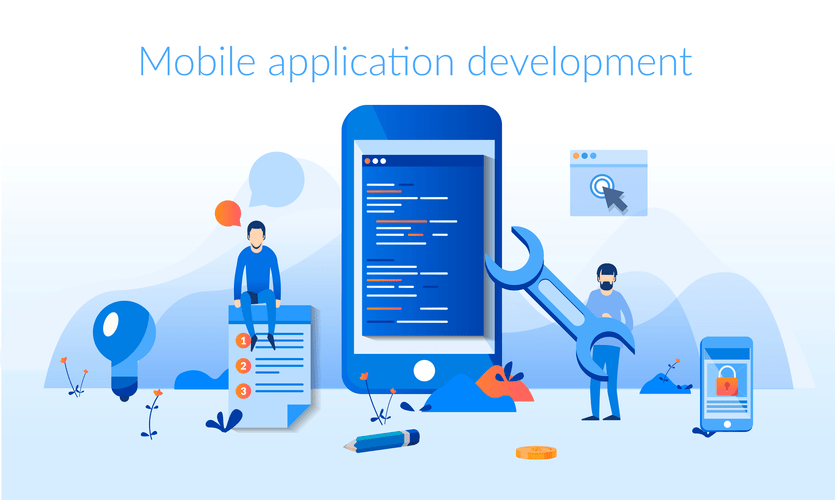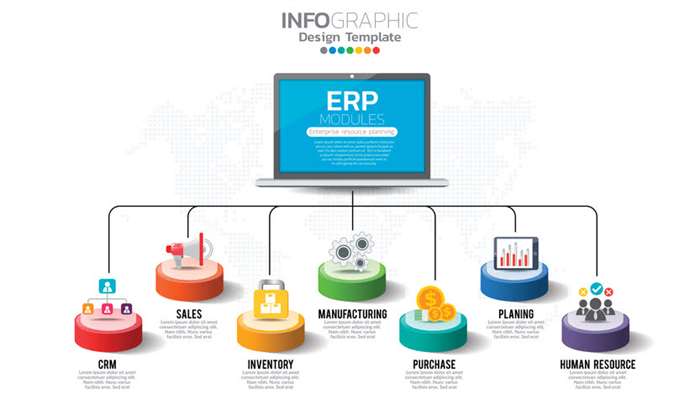Fundamentals of Cloud-based Application Security Testing
My First Blog Post Here
22 april 2022Ultimate Guide To Forex Trading Software Development
3 mei 2022All good cybersecurity teams constantly audit and optimize their security infrastructure and posture. Depending on the size and complexity of your data environment, this can happen on a weekly, monthly, or quarterly basis. Whatever your time scale, make sure you audit your cloud application security often and consistently. In addition, implementing developer-friendly security scanning tools with existing developer workflows can further strengthen cloud application security. This significantly reduces the cost of vulnerability detection and remediation while allowing developers to continue submitting code quickly.

In this blog, learn about penetration testing, when it is performed, and its application to cloud security. Astra’s Cloud Security Testing Solution is a comprehensive cloud compliance validation program designed to ensure your cloud platform is secure. With the constantly evolving threats, you need to have a complete cloud security solution that can cover all your cloud security needs. We help you meet today’s rigorous cloud compliance standards, protect your data in the cloud, and reduce cloud security risk with a one-stop solution.
Serverless Security Testing Functions
These tools are the most mature and established in cloud security and comparatively broader than other cloud security tool types. A recentsurvey of nearly 2,000 IT professionalsfound that while most (85%) enterprises believe cloud technologies are critical to innovation, only 40% actually have a security policy in place. Although cloud providers offer more and more robust security controls, in the end, you’re the one who has to secure your company’s workloads in the cloud.

An information threat and risk assessment should be performed prior to hosting sensitive company information assets on a cloud platform. Each cloud service provider has a pentesting policy that outlines the services and testing methods that are allowed and not allowed. To begin, we must confirm which cloud services are utilized in the customer’s environment and which services can be put to the test by cloud pentesters. With its advanced features and intuitive interface, the Qualys Cloud Platform simplifies the process of finding vulnerabilities and reducing cyber risk. It offers robust reporting and analytics capabilities, enabling users to gain deep insights into their enterprises security posture. It highlights vulnerabilities, prioritizes risks, and provides actionable recommendations for remediation.
Cloud security risk assessment
C3M Access Control is a CIEM solution that manages and enforces access privileges across the cloud infrastructure to prevent over-provisioned access and potential insider threats. CSPM tools excel at helping organizations become and remain security standard compliant, with easy configuration and deployment. CSPM tools operate by consistently seeking out misconfigurations and making any necessary changes automatically. These solutions are ideal for enterprises focused on detecting, assessing, logging and reporting, and automating issue remediation.

As it performs a dynamic scan of a running application, it can check how the application responds, and adjust its testing accordingly. Injection—code injection involves a query or command sent to a software application, which contains malicious or untrusted data. The most common is SQL injection, but it can also affect NoSQL, operating systems, and LDAP servers.
Digital Engineering Services
Eliminate uncertainty from the application security process, and save your development and AppSec teams time. When penetration testing is conducted by a holistic security center – it leads to a rise in trust among the customers and third parties. The customers gain a sense of confidence that they are using secured applications/services. Vulnerabilities are constantly found by malicious individuals and researchers, and new software is introduced to them. System components, processes, and custom applications should be periodically reviewed to ensure an evolving environment continues to represent security controls.

Insufficient Logging & Monitoring—many applications may not have means of identifying or recording attempted breaches. This can mean that breaches go undetected, and attackers may perform lateral movement to compromise additional systems. Using Components with Known Vulnerabilities—multiple vulnerability databases report known vulnerabilities in software components. Broken Access Control—restrictions for authenticated users are not implemented correctly. An attacker could use this to gain access to unauthorized functions or data, access another user’s account, view sensitive files, or change permissions for other users.
Add value to security solutions
There are many security solutions designed to mitigate cloud application security threats. Many organizations continue to leverage point devices to implement firewalls, IPS/IDS, URL filtering, and threat detection. However, these solutions are not ideal for modern cloud infrastructure as they are inherently inflexible and tied to specific locations. Another way to leverage cloud-based and serverless technologies for security testing of API and microservices is to use serverless security testing functions. These are functions that run on demand in the cloud, without requiring you to provision or manage servers. You can use serverless functions to perform various security testing tasks, such as generating test data, sending requests, analyzing responses, and reporting results.
